Easy and fun science with a sink or float experiment. Open up the fridge and the pantry drawers, and you have everything you need to test what objects sink or float in the water with common household items. Kids will have a blast checking out the different ways they can test sink or float. We love easy and doable science experiments!
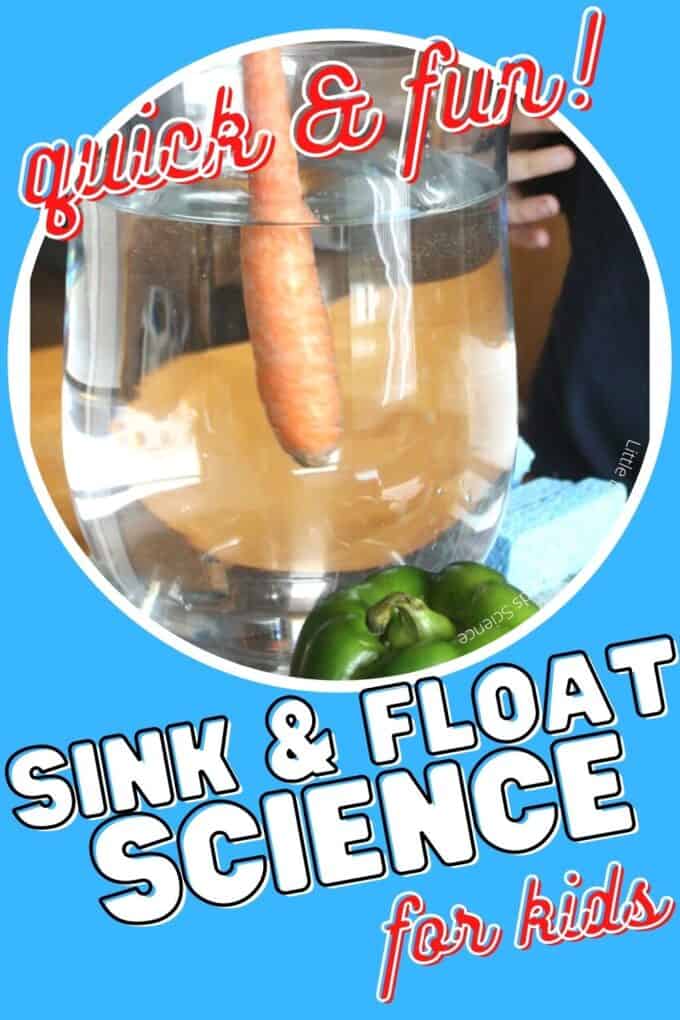
A sink or float experiment has to be one of our favorite activities for preschool and kindergarten science. By observing whether objects sink or float in water, children can develop understanding about density and buoyancy.
Secondly, sink or float experiments are great for critical thinking and predicting, as children decided whether they think an object will sink or float before they test it.
Additionally, a sink or float experiment is safe and easy to conduct, making them suitable for young children to perform under supervision. Overall, sink or float experiments are engaging and educational, laying the foundation for a lifelong interest in science.
Take a look at more experiments you can do with preschoolers here!
Watch the Video:
Free Printable Sink or Float Worksheets!
Grab our free printable worksheets for kids to record their observations!
Sink or Float Experiment
We used items straight out of the kitchen for our sink and float experiment. Plus, I am sure your child will be able to come with other fun things to test! You can even have them test a collection of their own favorite items too!
Supplies:
- a large container filled with water
- different fruits and vegetables
- aluminum foil
- aluminum cans
- spoons (both plastic and metal)
- sponges
- anything your kiddos want to explore
Tip: You could also try peeling or slicing your vegetables.
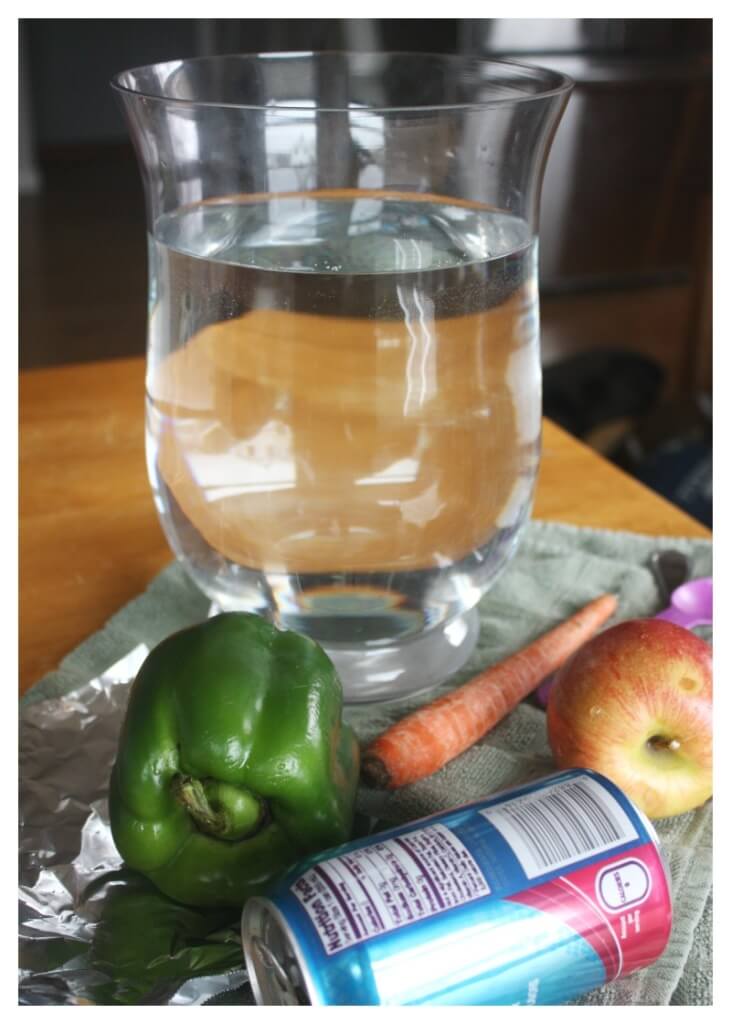
Instructions:
STEP 1. Before you start, have your kiddos predict whether the item will sink or float before placing the object in the water.
STEP 2. Place each object in the water one by one and observe whether it sinks or floats.
If the object floats, it will rest on the water’s surface. If it sinks, it will fall beneath the surface. Read the science info below about why some objects float and some sink.
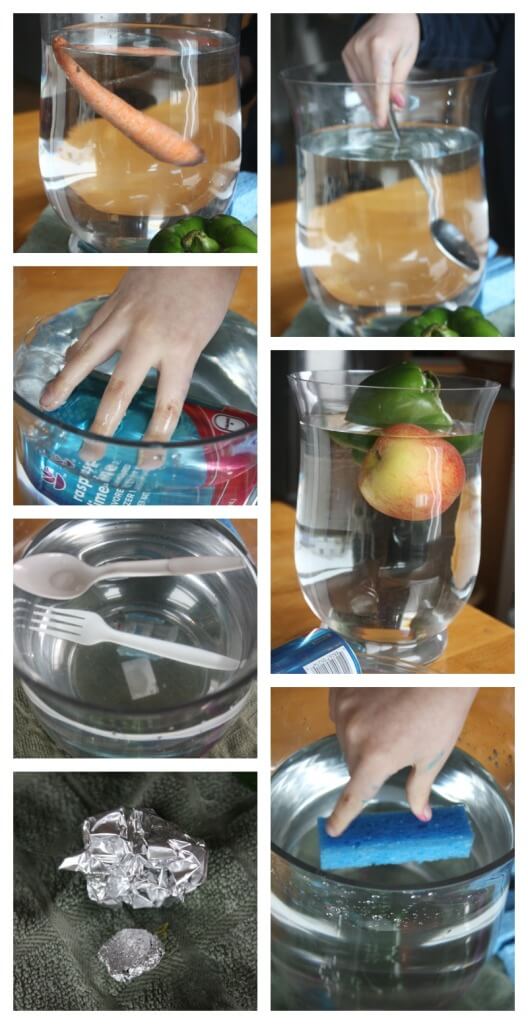
Extension: Does Aluminum Sink or Float?
The aluminum can, and aluminum foil were some exciting things we tested in our sink or float activity. We noticed the empty can could float, but it would sink when pushed under the water. Also, we could see the air bubbles that helped it float. Have you seen the crushing cans experiment?
Project: Does a full can of soda float, too? Just because something feels heavy doesn’t mean it will sink!
The aluminum foil floats when it is a flat sheet when it is crippled into a loose ball, and even a tight ball. However, if you give it an excellent pound to flatten it, you can make it sink. Removing the air will sink it. Check out this buoyancy activity with tin foil here!
Project: Can you make a marshmallow sink? We tried it with a Peep candy. See it here. What about a paper clip? Check out this experiment here.
Why Do Objects Sink or Float?
Some objects sink, and some objects float, but why is that? The reason is density and buoyancy!
Density
Every state of matter, liquid, solid, and gas, has a different density. All states of matter are made up of molecules, and density is how tightly those molecules are packed together, but it’s not just about weight or size!
Items with molecules packed tighter together will sink, while items made up of molecules that are not as tightly packed together will float. Just because an item is considered a solid doesn’t mean it will sink.
For example, a piece of balsa wood or even a plastic fork. Both are considered “solids,” but both will float. The molecules in either item are not packed together as tightly as a metal fork, which will sink. Give it a try!
If the object is denser than water, it will sink. If it’s less dense, it will float!
Check out more easy density experiments.
Bouyancy
Buoyancy is the ability of an object to float or rise in a fluid, such as water or air. It occurs because the upward force exerted by the fluid (liquid or gas) is greater than the downward force of gravity acting on the object.
In simpler terms, buoyancy is how well something floats. Generally, the greater the surface area, the better the buoyancy. You can see this in action with our tin foil boats!
In our sink or float experiment below the vegetables that float are buoyant because the upward force of the water is greater than their weight, helping them stay on the water’s surface. Those that sink are denser than water.
TIP: Discuss how some vegetables might have air pockets inside them, contributing to their buoyancy.
Try This: Do Vegetables Sink or Float?
Generally, fruits and vegetables with higher water content are more likely to float, while those with lower water content or denser structures may sink. Here are some examples:
Fruits and Vegetables That Tend to Float:
- Apples
- Oranges
- Lemons
- Limes
- Grapefruit
- Peppers
- Cucumbers
- Tomatoes
These fruits and vegetables have a higher water content and often contain air pockets, making them less dense than water and more likely to float.
Fruits and Vegetables That Tend to Sink:
- Potatoes
- Sweet potatoes
- Carrots
- Beets
- Onions
- Avocado (when submerged)
- Pumpkins
- Winter squash
These fruits and vegetables are denser and have less water content, making them more likely to sink in water.
It’s important to note that there can be variations within each type of fruit or vegetable, and factors such as size, ripeness, and the presence of air pockets can influence whether they float or sink. Conducting a simple sink or float experiment with a variety of fruits and vegetables can be a great way to explore these ideas further.
More Fun Water Experiments
Check out our list of science experiments for Jr Scientists!
- Walking Water Experiment
- What Materials Absorb Water?
- What Dissolves In Water?
- Saltwater Density Experiment
- Do Oranges Sink or Float?
- Freezing Water

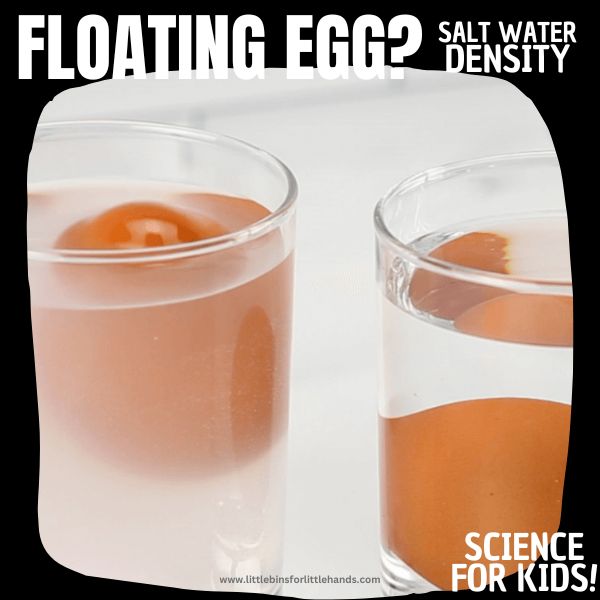

Printable Science Projects For Kids
If you’re looking to grab all of our printable science projects in one convenient place plus exclusive worksheets and bonuses like a STEAM Project pack, our Science Project Pack is what you need! Over 300+ Pages!
- 90+ classic science activities with journal pages, supply lists, set up and process, and science information. NEW! Activity-specific observation pages!
- Best science practices posters and our original science method process folders for extra alternatives!
- Be a Collector activities pack introduces kids to the world of making collections through the eyes of a scientist. What will they collect first?
- Know the Words Science vocabulary pack includes flashcards, crosswords, and word searches that illuminate keywords in the experiments!
- My science journal writing prompts explore what it means to be a scientist!!
- Bonus STEAM Project Pack: Art meets science with doable projects!
- Bonus Quick Grab Packs for Biology, Earth Science, Chemistry, and Physics
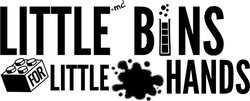

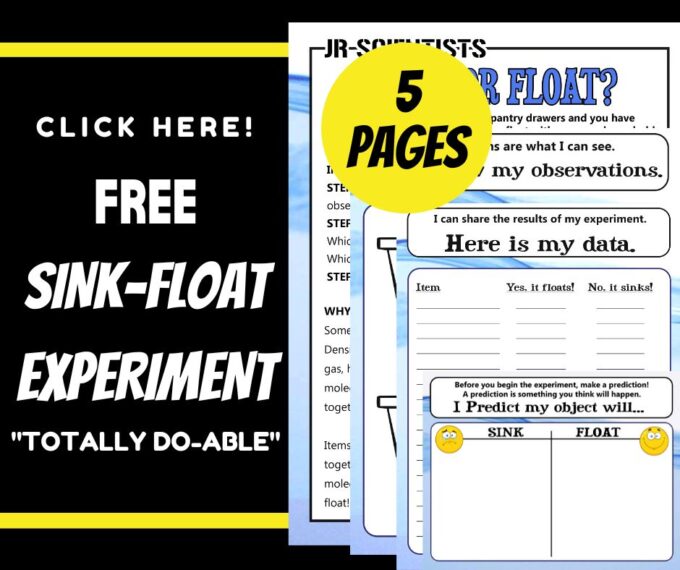
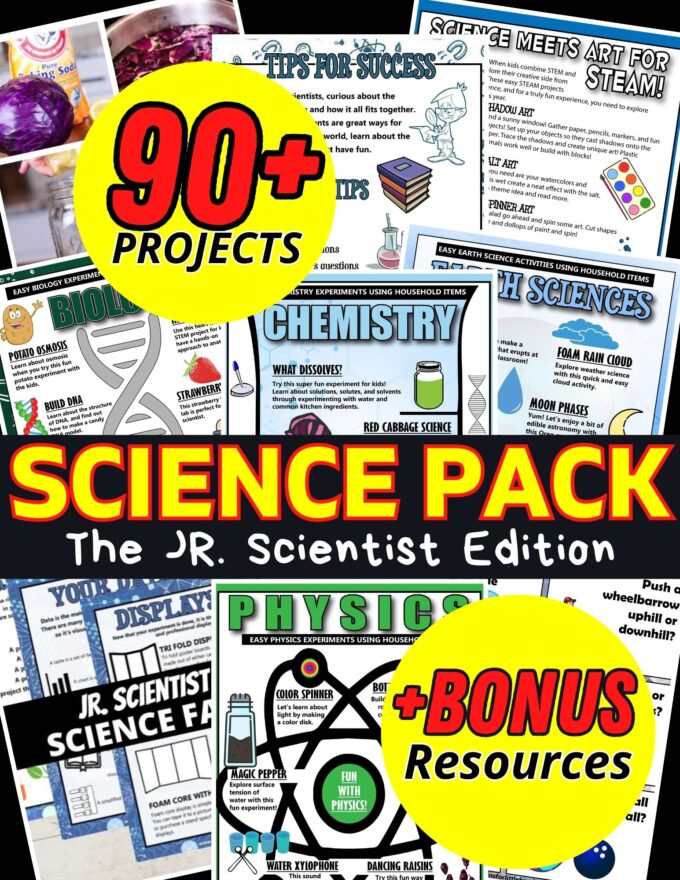
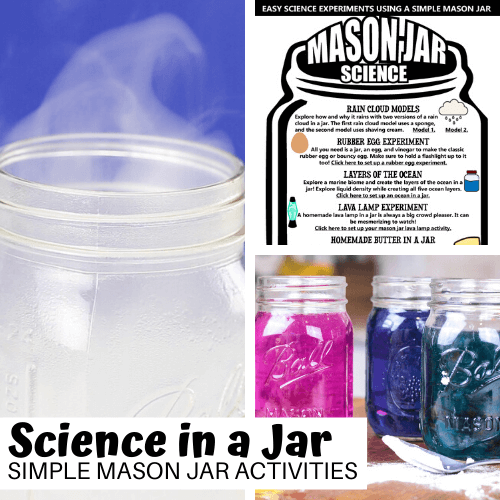
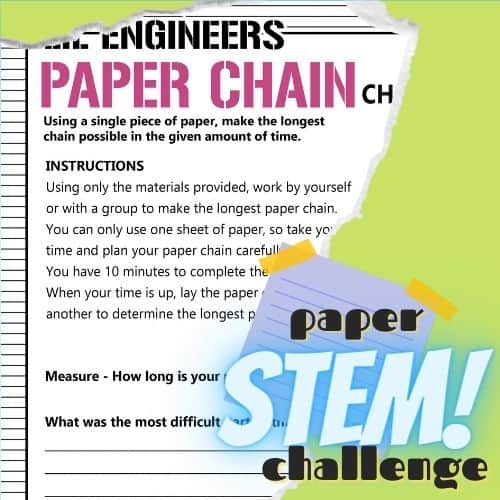
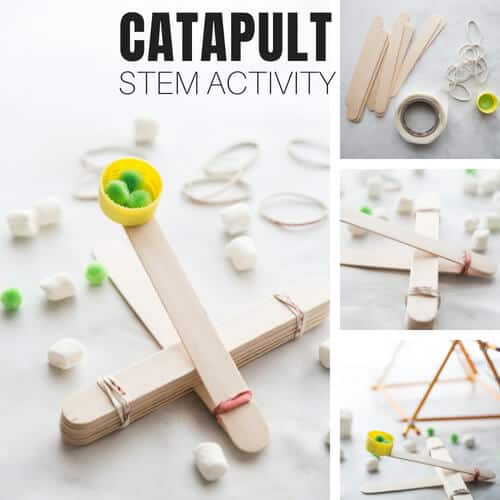
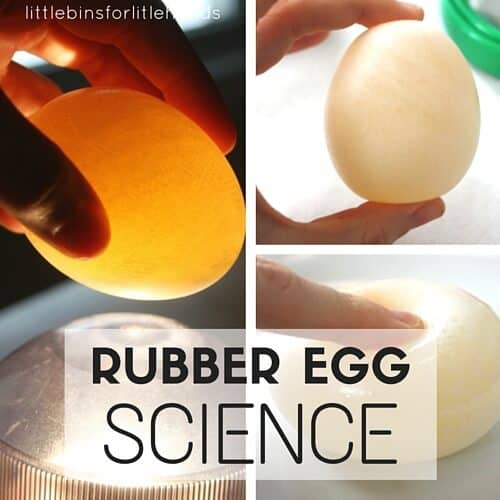
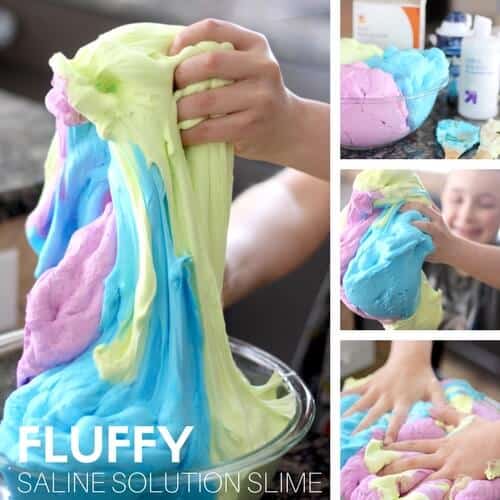
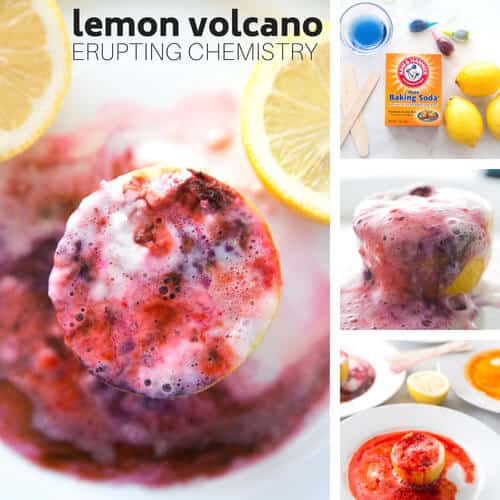
Very nice